The Growth of Artificial Intelligence in Medical Transcription
The process of medical transcription involves transforming audio medical files into text for patient records, which requires utmost precision. Traditionally, transcriptionists suffered from the cumbersome process of audio typing, resulting in high chances of mistakes. Now, the field of medicine is utilizing the benefits of artificial intelligence (AI). AI medical transcription surpasses previous technology in efficiency and accuracy, fundamentally transforming the documentation of patient-provider interactions. However, issues such as patient safety, inaccuracies, and the potential risks presented by AI still require careful analysis. This article focuses on the history, pros, cons, tools, and future plans of AI technology in medical transcription to provide a complete picture.
The Art of Medical Transcription
Medical transcription is the process of converting voice notes from specialists into text format for their respective patients’ records. This is used as a reference during diagnosis, treatment, and to ensure continuity of care. Previously, transcriptionists had to do manual data entry and were presented with completed recordings, which they would have to type out, taking a great deal of time coupled with exhaustion. Even after the invention of digital dictating software, which sped up the process, these machines still required human help and supervision. With the advancement of artificial intelligence, the medical field is met with devices that automate the processes, meaning fewer human checks are needed, providing greater speed and dependability.

How Medical Transcription is Affected By Artificial Intelligence
Artificial intelligence medical transcription is using automatic speech recognition (ASR) and natural language processing (NLP) for voice transcription. AI is trained on large volumes of diverse medical datasets, enabling it to understand and contextually use complicated terms. For example, DeepScribe listens to caregiver/patient dialogues, filters salient details, and produces notes ready for EHR integration (DeepScribe). Freed helps users manage their notes by automatically formatting them into SOAP and streamlining organizational workflows (Freed). AI has enabled ease of organization, leading to reduced dependence on manual transcriptionists translating word files; hence, clinicians can channel their energies on patients instead of administrative functions.
AI In Medical Transcription Has Major Benefits
AI-powered medical transcription has large benefits such as:
- Increased Efficiency: Leisure hours are increased for clinicians as transcribed documentation can take up to three hours of their time daily, according to DeepScribe (DeepScribe).
- Accuracy: Considered an expert in language, medical AI transcription is done accurately with complex terms being captured.
- Execution: Workflow is aided through real-time transcription; productivity increases with this innovation.
- Cost Savings: Economically, the long-term financial burden of artificial intelligence takes care of is the hiring of transcriptionists and costs lost through error spend.
- Maintenance of Dialogue: The use of AI allows better interaction with the AI, dubbed on patient engagement and outcomes enabling.
Healthcare documentation innovation is attributed to AI due to these advantages.
Issues and Challenges
The future of artificial intelligence medical transcription has its promise but also has issues to contend with. The challenges include:
- Hallucination: Generation of text that is not actually original, OpenAI’s Whisper has the capability of doing so, which can also lead to made-up medical details, causing misdiagnosis (PBS NewsHour).
- Patient Safety: Errors in a transcription could be highly detrimental to patients within sensitive contexts. This highlights the importance of human supervision.
- Regulatory Issues: Meeting HIPAA policies and regulations is a necessity when it comes to policies regarding data privacy and information security (Augnito).
- Equity Concerns: Discrimination, including racial bias, would defeat the purpose of AI in healthcare meant to provide equal and unbiased services.
Addressing these issues is critical for safe AI adoption.
Current Tools And Their Features
Several companies offer AI-powered transcription solutions:
| Tools | Key Features | Source |
|---|---|---|
| DeepScribe | Creates summaries in a format compatible with Electronic Health Records (EHR) and uses iterative feedback to enhance precision. | DeepScribe |
| Freed | Transcription and categorization of SOAP Notes, HIPAA compliant, >2 hours saved daily. | Freed |
| TurboScribe | For 99.8% accuracy of surgical reports and speedy completion of all other medical-related documentations. | TurboScribe |
| Nabla | Employs Whisper with accuracy concerns due to hallucinations. | Nabla |
These tools enhance clinical documentation. The other options may require additional oversight.
The Future Of AI In Medical Transcription
The prospects of artificial intelligence in medical transcription have incredible potential:
- Advanced Language Comprehension: AI recognizing more specialized terms will decrease humans having to intervene and help with language understanding.
- Seamless Integration: EHR systems will have better incorporation into medical fields.
- Adhering to HIPAA: Compliance with HIPAA and other standards will foster acceptance (Augnito).
- Progressive Modification: Will enhance AI system performance to adapt to clinician preferences.
- Significant Financial Benefits: Tools such as Augnito Spectra are able to cut costs by thousands on a yearly basis (Augnito).
Regardless, much work still needs to be done in terms of accuracy and safety when it comes to advancing these technologies.
Conclusion
AI in medical transcription is changing healthcare documentation for the better in terms of efficiency, accuracy, and savings. Tools such as DeepScribe and Freed help clinicians save hours, allowing them to focus on better patient care. However, issues like AI hallucinations and compliance with complex regulations need to be addressed. While there is great potential for evolving AI to transform the medical transcription industry, safety and innovation need to be carefully combined. Accuracy alongside patient safety demands that healthcare providers explore AI solutions without compromising essential factors.
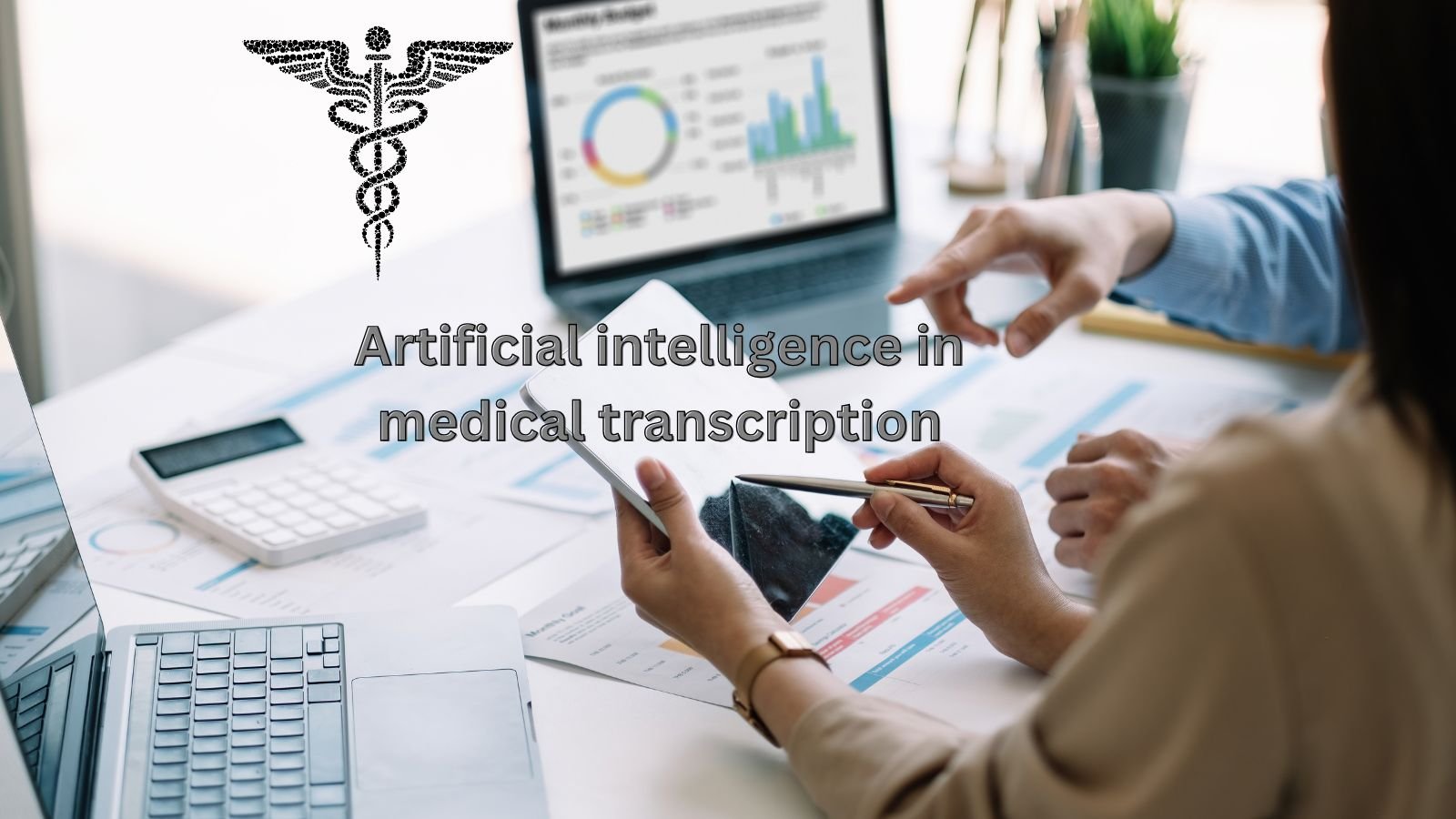






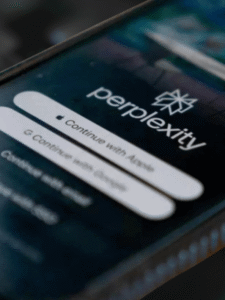






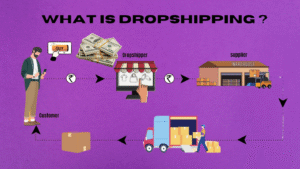

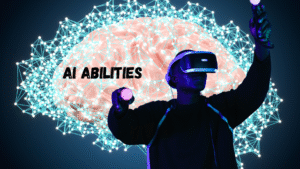
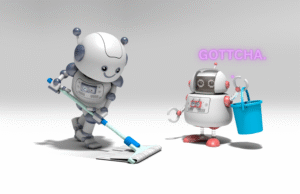

Post Comment